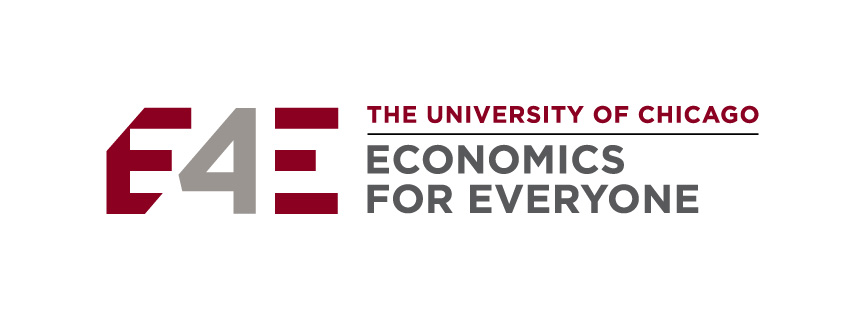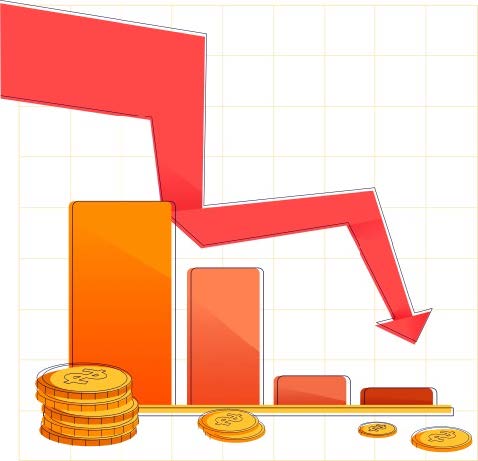
Grades 9-12

Don't have an account yet? Sign up for free
Don't have an account yet? Sign up for free


Updated with voting statistics from the 2020 election.
Students identify costs associated with voting. Then they make predictions about who might be more likely to vote based on their understanding of opportunity costs.
Voter turnout in the United States influences the outcomes of elections. Politicians spend a great deal of time and energy trying to get their supporters to the polls. But why should this be a problem? Why don’t all eligible voters vote? Economists who have studied this question believe that the answer has to do with the benefits and costs of voting. One sort of cost—opportunity cost—is especially helpful in explaining why some people choose not to vote.
POLITICAL CONCEPT: Elections, voting
This lesson was originally published in CEE’s Focus: Understanding Economics in Civics and Government. Visit https://store.councilforeconed.org/ for more information on this publication and how to purchase it.
The student will be able to:
Review the following points with the students.
Extension Activity not available.
Multiple-Choice Questions
Constructed-Response Questions
Have the students write a short essay supporting or opposing one of the following propositions:
(The students should indicate, in responding to any of the propositions above, how the costs and benefits of voting are changed by the proposal in question.)

Grades 9-12

Grades 9-12

Grades 9-12

Grades 9-12
